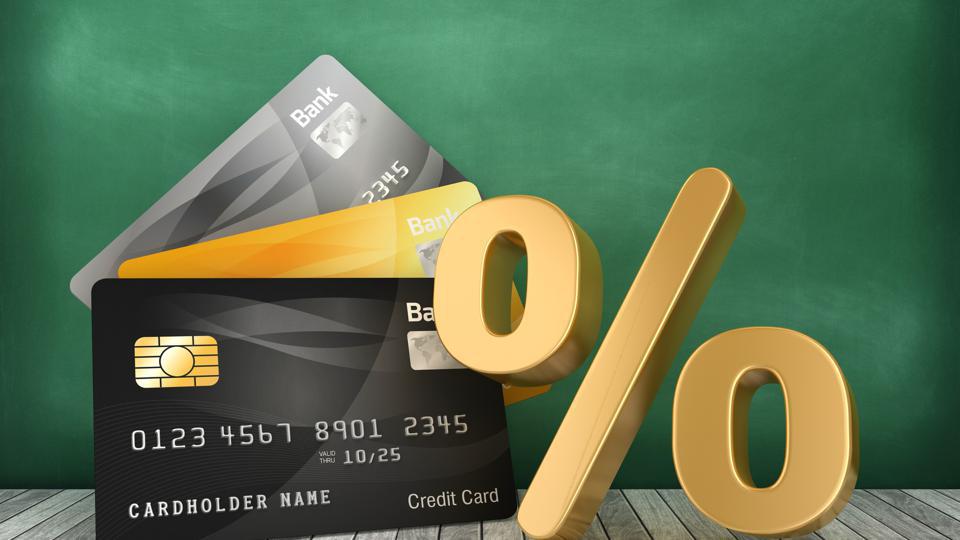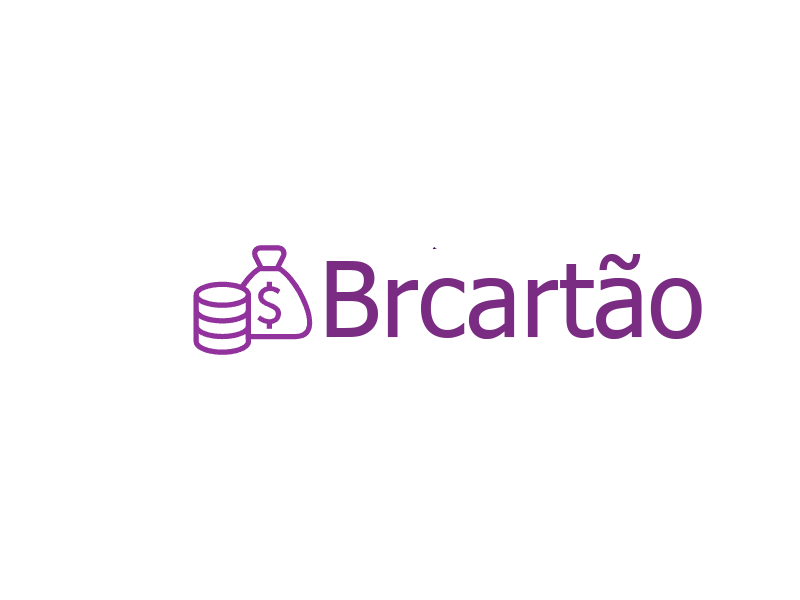Interest rates play a critical role in the financial landscape, affecting everything from mortgage rates to savings account returns. One area where interest rates have a particularly significant impact is on the use of credit cards. Understanding how interest rates influence credit card usage can help consumers make more informed financial decisions and manage their debt more effectively.
In this article, we will explore the impact of interest rates on credit card usage in the United States. We will discuss how interest rates affect borrowing costs, consumer behavior, and overall financial health. By understanding these dynamics, you can better navigate the complexities of credit card management.
Understanding Interest Rates and Their Effects

Interest rates are the cost of borrowing money, expressed as a percentage of the principal loan amount. For credit cards, this cost is typically represented by the Annual Percentage Rate (APR). The APR can vary widely depending on the issuer, the cardholder’s creditworthiness, and prevailing economic conditions.
The Cost of Borrowing
One of the most direct impacts of interest rates on credit card usage is the cost of borrowing. Higher interest rates increase the cost of carrying a balance on a credit card, making it more expensive for consumers who do not pay off their balance in full each month. For example, if you have a credit card with a 20% APR and carry a balance of $1,000, you could end up paying $200 in interest over a year if no payments are made. This increased cost can lead to higher monthly payments and more significant debt over time.
Consumer Behavior and Spending
Interest rates also influence consumer behavior and spending patterns. When interest rates are high, consumers may be more cautious about using their credit cards, knowing that the cost of carrying a balance will be greater. Conversely, lower interest rates can encourage more spending, as the cost of borrowing is reduced. This behavior is particularly evident in periods of economic uncertainty or when consumers anticipate changes in interest rates.
Impact on Credit Scores
Carrying high balances on credit cards due to high interest rates can negatively affect credit scores. Credit utilization, which is the ratio of credit card balances to credit limits, is a crucial factor in determining credit scores. High-interest rates can lead to higher balances if consumers are unable to pay off their debt quickly, resulting in a higher credit utilization ratio and potentially lower credit scores.
Managing Credit Card Debt in a High-Interest Environment
Given the significant impact of interest rates on credit card usage, it is essential for consumers to develop strategies for managing their debt, especially in a high-interest environment.
Paying More Than the Minimum Payment
One effective strategy for managing credit card debt is to pay more than the minimum payment each month. Minimum payments are typically a small percentage of the total balance, and paying only the minimum can result in substantial interest charges over time. By paying more than the minimum, you can reduce the principal balance more quickly and decrease the amount of interest accrued.
The Role of Economic Conditions
Economic conditions play a significant role in determining interest rates, and understanding this relationship can help consumers anticipate changes in borrowing costs.
Federal Reserve Policies
The Federal Reserve, the central bank of the United States, influences interest rates through its monetary policy decisions. When the Federal Reserve raises or lowers the federal funds rate, it affects the interest rates that banks charge each other for short-term loans. These changes, in turn, influence the interest rates that consumers pay on their credit cards. For example, when the Federal Reserve lowers interest rates to stimulate the economy, credit card interest rates often decrease as well, making borrowing cheaper for consumers.
Inflation and Interest Rates
Inflation is another critical factor that affects interest rates. When inflation is high, lenders demand higher interest rates to compensate for the decrease in purchasing power of the money they are repaid in the future. Conversely, low inflation typically leads to lower interest rates. Understanding the relationship between inflation and interest rates can help consumers make informed decisions about their credit card usage and debt management strategies.
Interest rates have a profound impact on credit card usage in the United States, affecting borrowing costs, consumer behavior, and overall financial health. By understanding how interest rates influence these factors, consumers can develop effective strategies for managing their credit card debt and make more informed financial decisions. Whether you are navigating a high-interest environment or taking advantage of lower rates, being aware of the dynamics at play can help you maintain control over your finances and work towards long-term financial stability.


